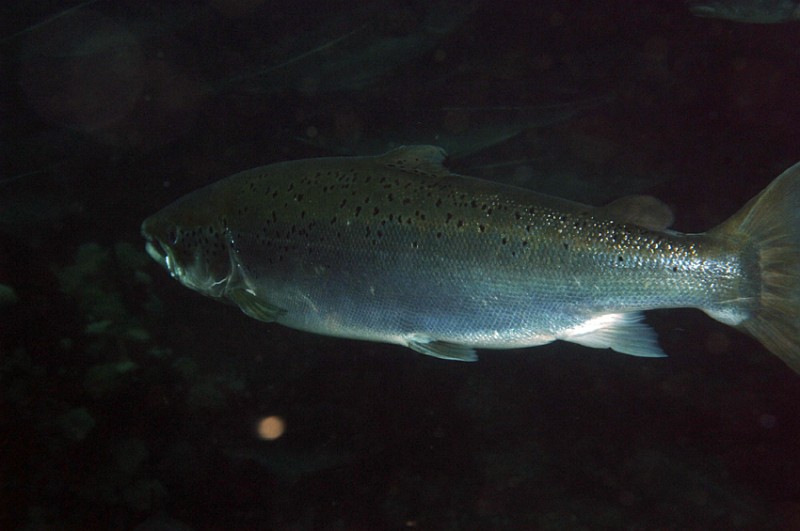The blog below was originally written for the AST but, in the context of the South Esk catchment, and the continuing disaster on the Scottish west coast, it is I think highly relevant.
Charles Clover’s leader in today’s Sunday Times (25 August 2013) is a reminder that peer-reviewed scientific data are not seen as facts by everyone. Clover gives the example of the Scottish Salmon Producers’ Organisation’s (SSPO) “slavish attempt to ingratiate itself with the ruling Scottish National Party, expressed by its chairman, Phil Thomas, as ‘Scottish food, Scottish jobs, Scottish communities, Scottish economy, Scottish salmon'”. Clover comments further, “it is hard to say who looks after the traditional public goods of Scotland: the landscapes, the marine life and the wild fish”. Indeed Mr Clover, you are right.
Another example of scientific data denial is the interminable and often wildly inaccurate efforts of Dr Martin Jaffa, the publicist for the pro salmon farming company, Callander McDowell. Dr Jaffa’s most recent post is published on the Callender McDowell website under the title ReLAKS.
Finally, in his leader today, Charles Clover brings us right up to date by pointing out the erroneous criticisms by Dr Jackson of the Irish Marine Institute of the peer-reviewed research data published by the Royal Society in 2012. He writes, “The SSPO has been silent since last week, when a peer-reviewed journal published a paper by the original group of scientists (who wrote the Royal Society paper) rubbishing Jackson’s methodology and correcting his conclusions”
The robust response of St Andrews University in standing firmly behind the scientific conclusions of the original Royal Society article poses the question, ‘whose evidence do you trust; the data offered by the world class Institute of Ocean Sciences at St Andrews University, or the statement by the industry propagandist, SSPO? In my view there is no context. But then I am biased because St Andrews is my Alma Mater!
Perhaps optimistically Charles Clover then states “the scientific debate may have a way to go but the findings look certain to alter the development of the industry”, and later in the same paragraph, “In Scotland landowners may have the ammunition to force fish farms away from the mouths of wild salmon and sea trout rivers. Worldwide investors have been given notice that the future lies not in sea cages, but in close containment systems that separate farmed fish from the environment”.
Charles Clover’s article comes at the end of the week in which the Natural Capital Forum announced its “Revolution in how businesses and governments account for natural capital”. There will be a conference in Edinburgh on 21 & 22 November 2013 to discuss the objectives of the Forum. The conference takes forward the 2012 UN Earth Summit, an aim of which is that “by 2020, at the latest, biodiversity values have been integrated into national and local development and poverty reduction strategies and planning processes and are being incorporated into national accounting, as appropriate, and reporting systems”.
Also last week Scottish Natural Heritage (SNH) announced the designation of six indicator species designed to act as ‘canaries’ for the coastal environment as it is affected by climate change. SNH’s remit is of course the Scottish environment, which omits migratory species that spend parts of their lives elsewhere. While Ospreys, Painted Lady butterflies and basking sharks are migratory visitors to Scotland, the Atlantic salmon and the eel are special as freshwater/coastal/oceanic indicator species. I am reminded of the campfire song that goes something like ..”the hip bone is connected with the thigh bone, the thigh bone with the knee bone, the knee bone with the shin bone” etc.
The reality we face is that, in the face of huge changes in the earth’s climate, we need to think bio-regionally, outside national borders. Now is the time for ecologists, meteorologists and climate change monitors to work across the disciplines. Fisheries scientists, biologists, managers and the public need the big picture to make the right decision on the ground or river bank.
TA 25 Aug 2013
